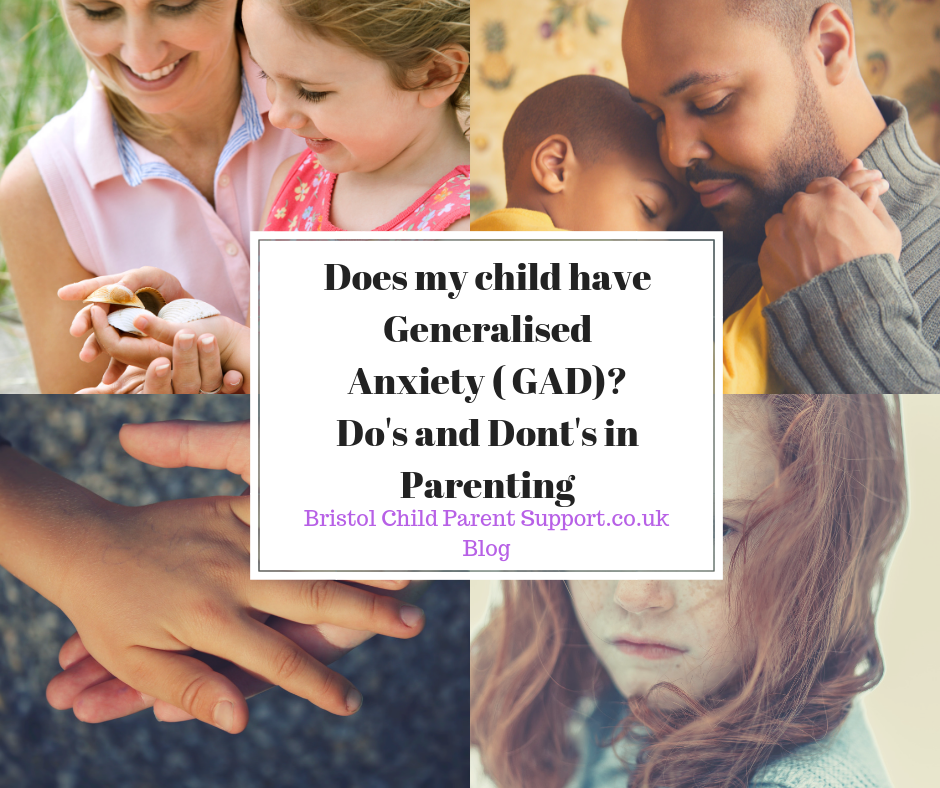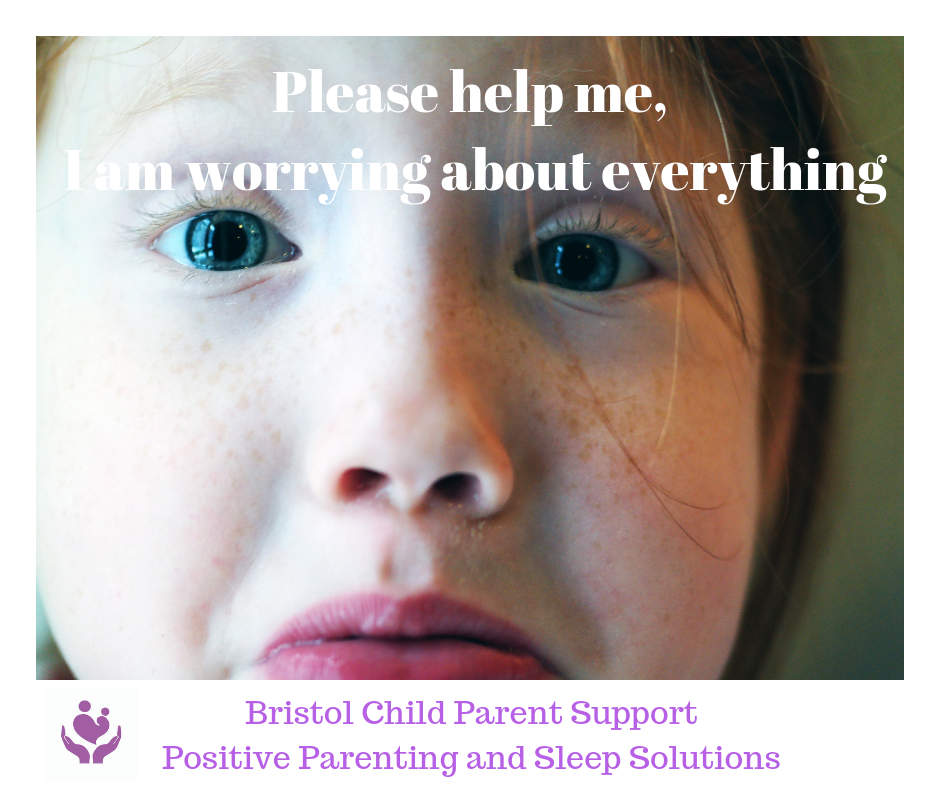Anxiety is the most common mental health condition in children. Hence, it doesn’t distinguish between age, background, or social group. Anxiety UK suggests 1 in 6 young people will experience an anxiety condition at some point. There are many presentations of anxiety, and today’s blog will focus on GAD. You can see my blogs on OCD, Separation Anxiety, and Social Anxiety.
What is GAD (Generalised Anxiety Disorder)?
Children with GAD can worry about everything; the worry is often chronic. Children often think or say, “what if” this happens or that happens?
You may notice:
- They ask you lots of questions and details of new situations, and constantly check with you.
- They eavesdrop on your conversations and want to know what will happen.
- Look over your shoulder and check what you are doing.
- They may hold on to situations or events that have occurred, though they happened days ago, such as upsetting a friend or getting something wrong in class.
- They worry whether they are good enough at school or sports.
- They may fear making mistakes and seem perfectionistic
- They may stop going to groups if they don’t feel good enough.
- Feel as if everything is their fault and their responsibility
Physically, they may:
- Suffer from lots of tummy aches.
- Lots of butterflies and funny feelings in their tummies.
- Suffer from headaches.
- Feel sick and nauseous
- Find it hard to concentrate.
- Suffer from sleep difficulties, especially being able to get off to sleep.
Suffer from Negative Thinking Patterns.
Often, we call negative thinking patterns ” cognitive distortions”. Sometimes they can be referred to as challenging thoughts and even thinking mistakes or errors. They are often unrealistic, but above all, they may have a significant impact on your child’s behaviour, perception, and self-esteem. The thinking can be so entrenched and disabling for your child.
When do you need to worry about GAD?
Even though your child will present with the above symptoms, this does not mean they are necessarily suffering from a disorder. Remember to consider the duration of symptoms (longer than six months), the severity, and how it impacts their daily lives.
Do’s and Don’ts when helping your child with GAD.
1. Don’t tell them not to worry; they will fear, as they have no choice but to worry until they have learned alternative coping mechanisms.
2. Educate them on anxiety, what it is, and how it affects everyone.
3. Address the physical symptoms by teaching them how to breathe and relax. Make a self-soothe box together
4. Don’t reassure them. Unfortunately, it is not effective and will not prevent the worry!
5. Do break down the “what if’s thinking” and ask them
“What would be the worst thing you/I believe is going to happen? Try and challenge the negative thinking”.
6. Do teach them self-talk, how to talk and beat “the worry.”
Give the “worry” a name; ah, is the worry boss here today; what can we do to calm it down?
7. Don’t allow your child to avoid it, as this will only strengthen the worry.
In Conclusion.
Many anxiety disorders begin in childhood and adolescence. The average time a person waits to seek help for their condition (particularly for OCD and chronic worrying or GAD) is over ten years. I am keen to prevent this by seeing families in a consultation or my workshop Stop The Worry Cycle Parent Workshop in November.
Next month, I will write a blog on Phobia. Do contact me or follow me on Facebook if you have any questions! With Love Catherine






